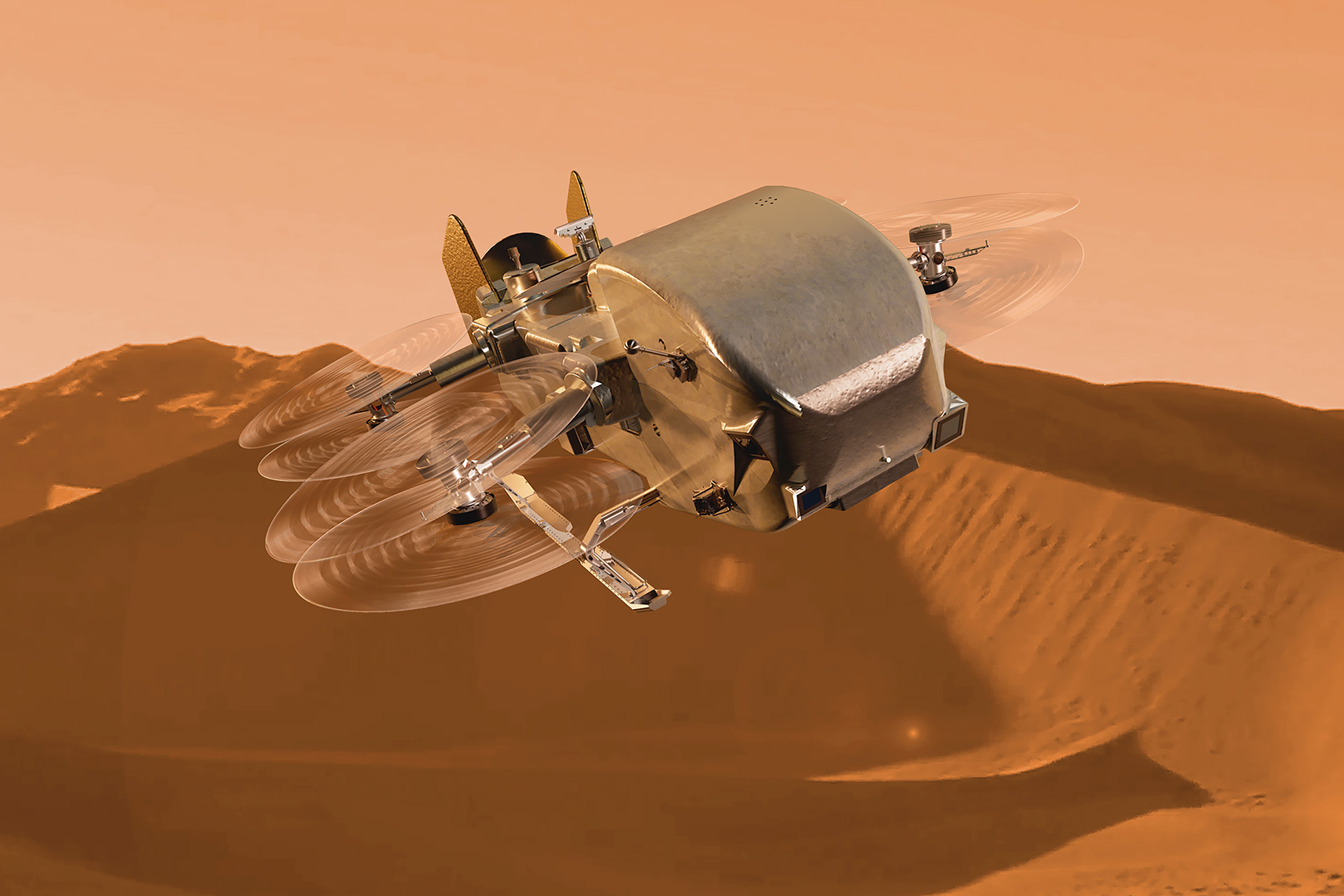
Mission Area
Civil Space Flight
From the Sun to Pluto and Beyond
Johns Hopkins APL’s Civil Space Flight Mission Area delivers critical spaceflight hardware to NASA, international partners, and other U.S. government civilian agencies. We are responsible for all APL civil space flight programs in development and operations and are APL’s primary civil space sponsor interface. We pride ourselves on delivering first-of-their-kind, one-of-a-kind spaceflight hardware within cost and schedule constraints.
Since the dawn of the Space Age, APL has pushed the frontiers of space science. We captured the first picture of Earth from space, invented navigation by satellite, dispatched spacecraft across the solar system that are exploring regions around our Sun to Pluto and beyond, and successfully conducted the world’s first planetary defense test mission.
Our work includes design, fabrication, and operation of premier space science instruments, novel space systems, and advanced space technology.
Impact
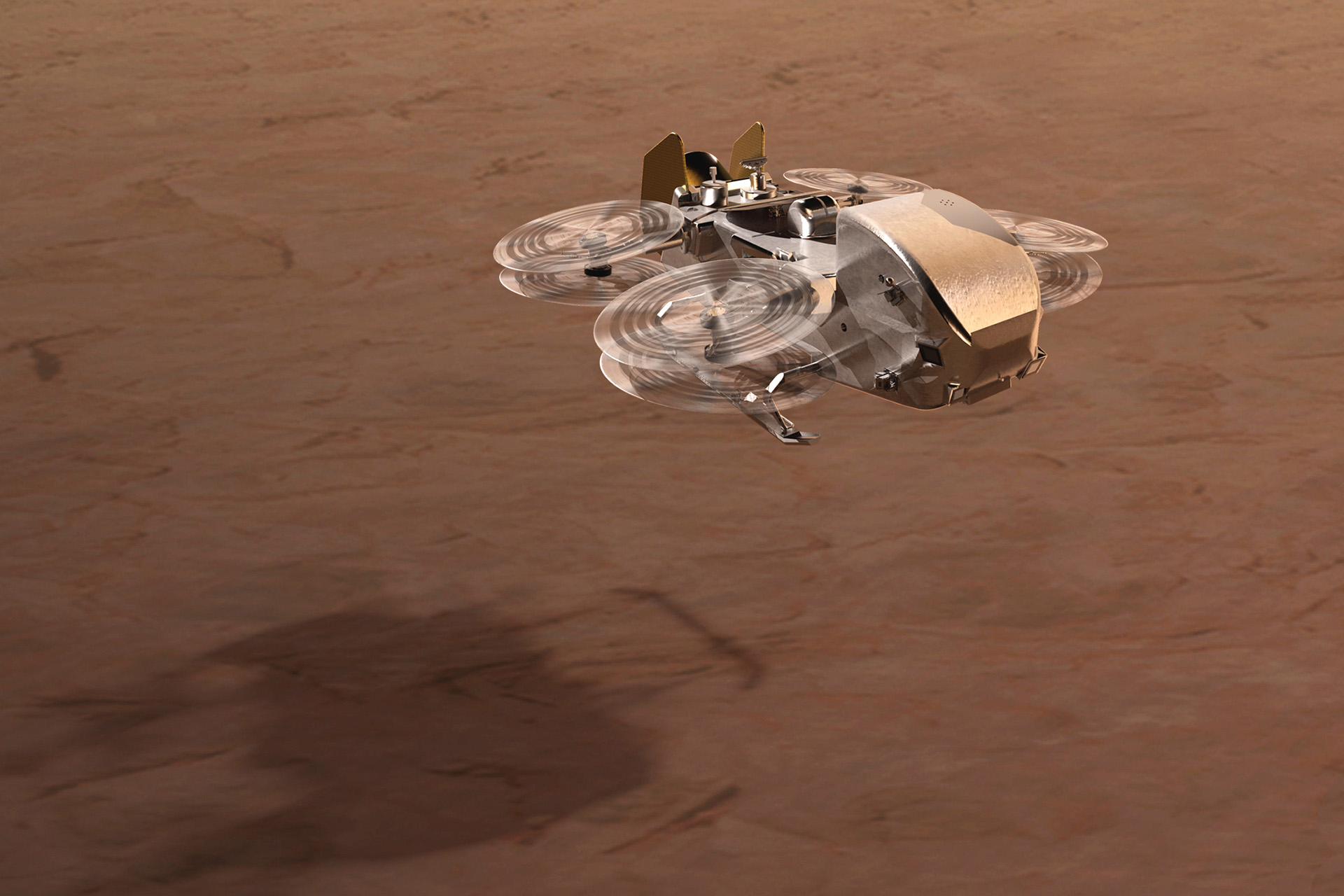
Space Science and Engineering
Since the dawn of the Space Age, APL has expanded the frontiers of space science and technology.
Leadership

Robert Braun Sector Head, Space Exploration
Learn more about Robert Braun
Andrew Driesman Mission Area Executive, Civil Space Flight
Learn more about Andrew DriesmanHighlights
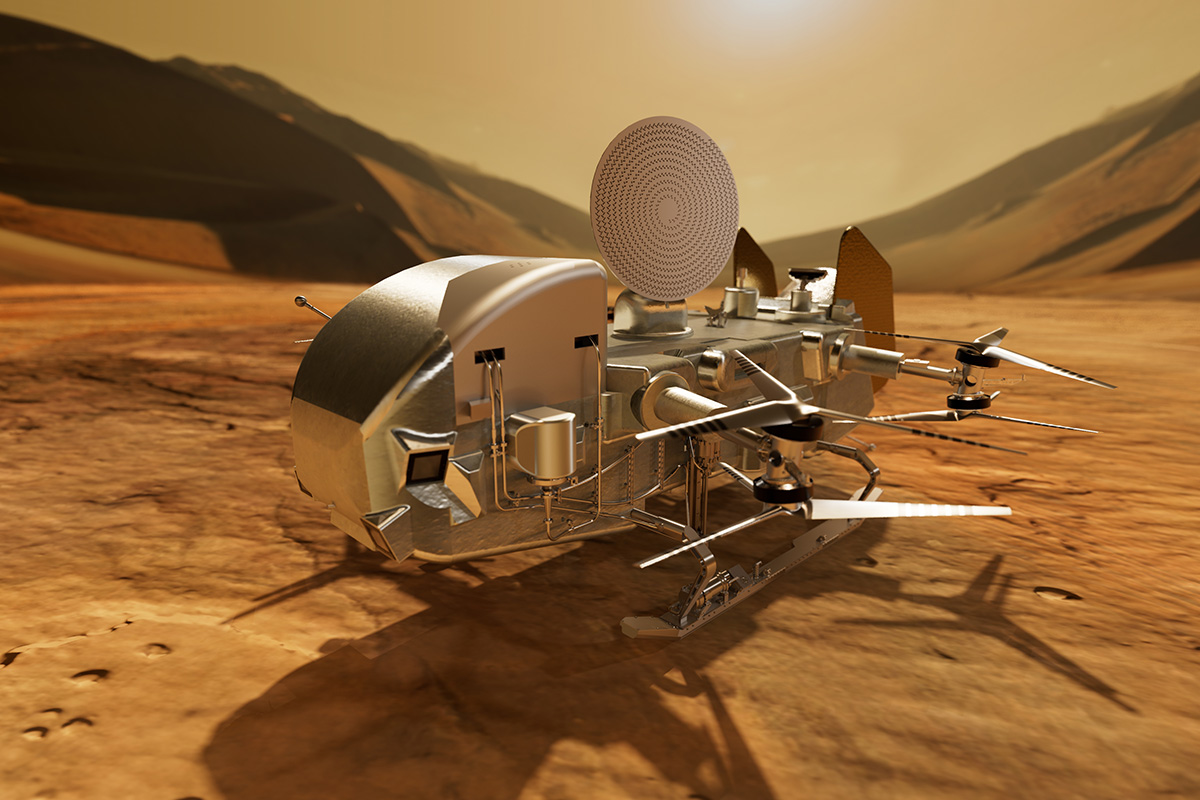
Dragonfly Outer Moons
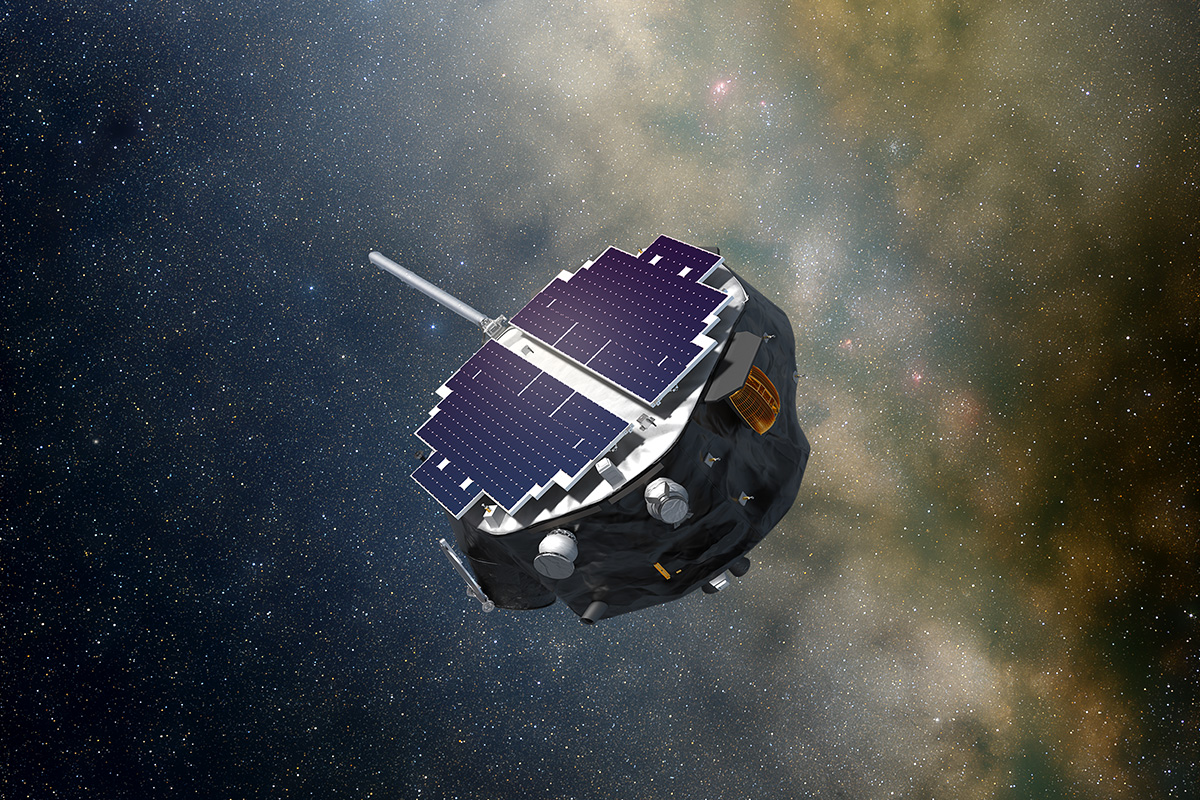
IMAP Interstellar Medium
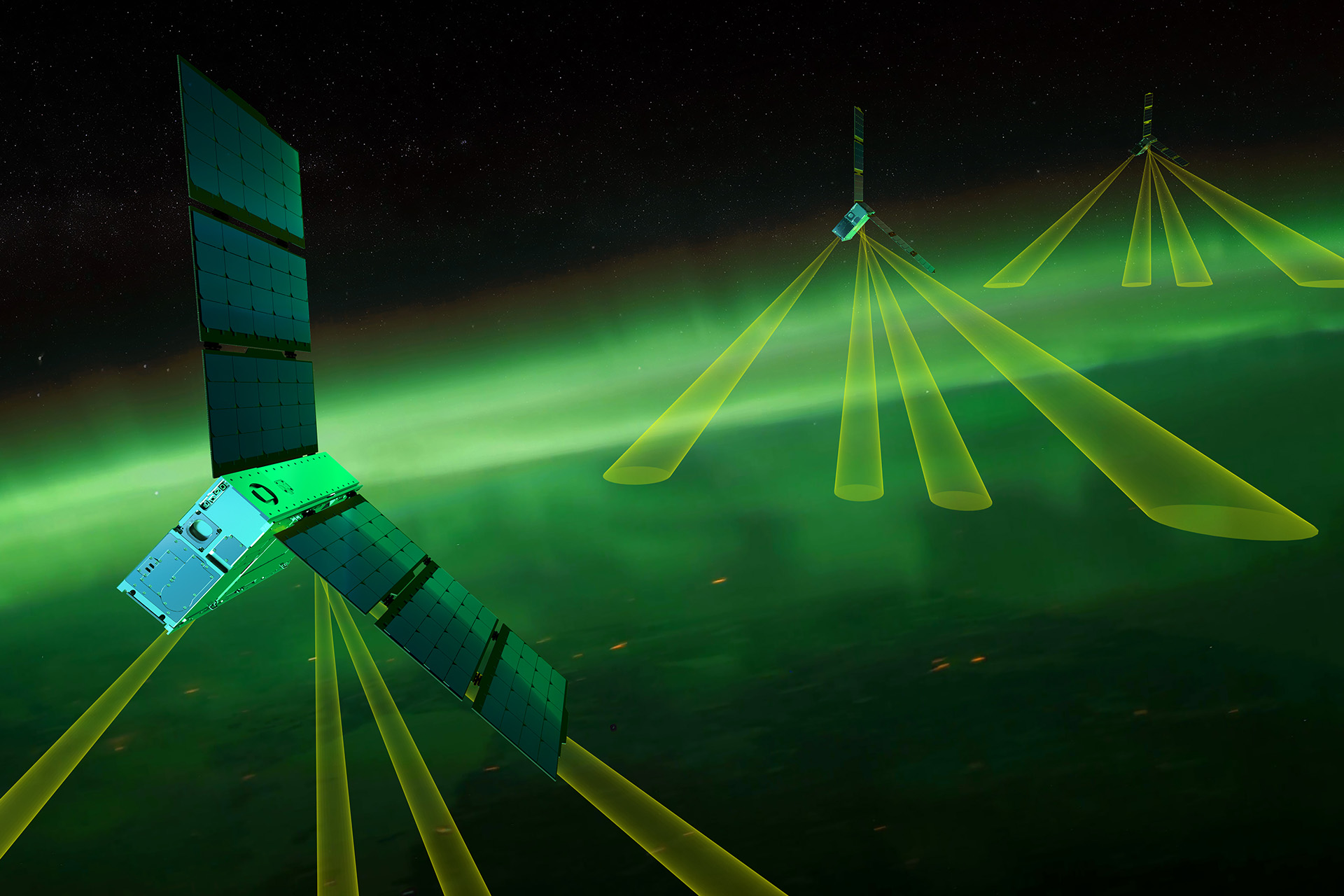
EZIE Earth
Recent News

Dec 12, 2025
Johns Hopkins APL-Led Team Releases Predictive Space Weather Model to Public
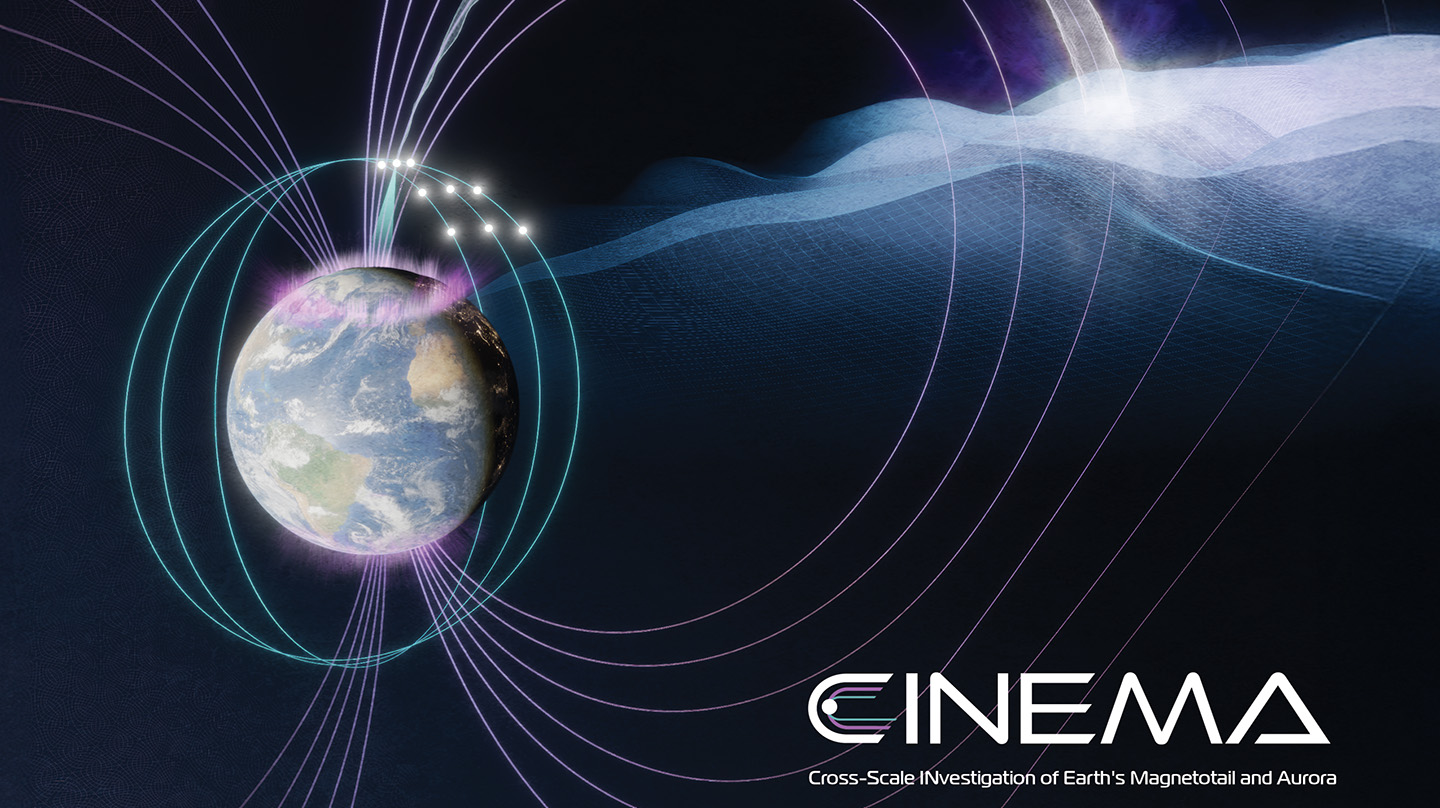
Dec 11, 2025
NASA Selects Johns Hopkins APL-Developed CINEMA Mission to Study Space Weather
